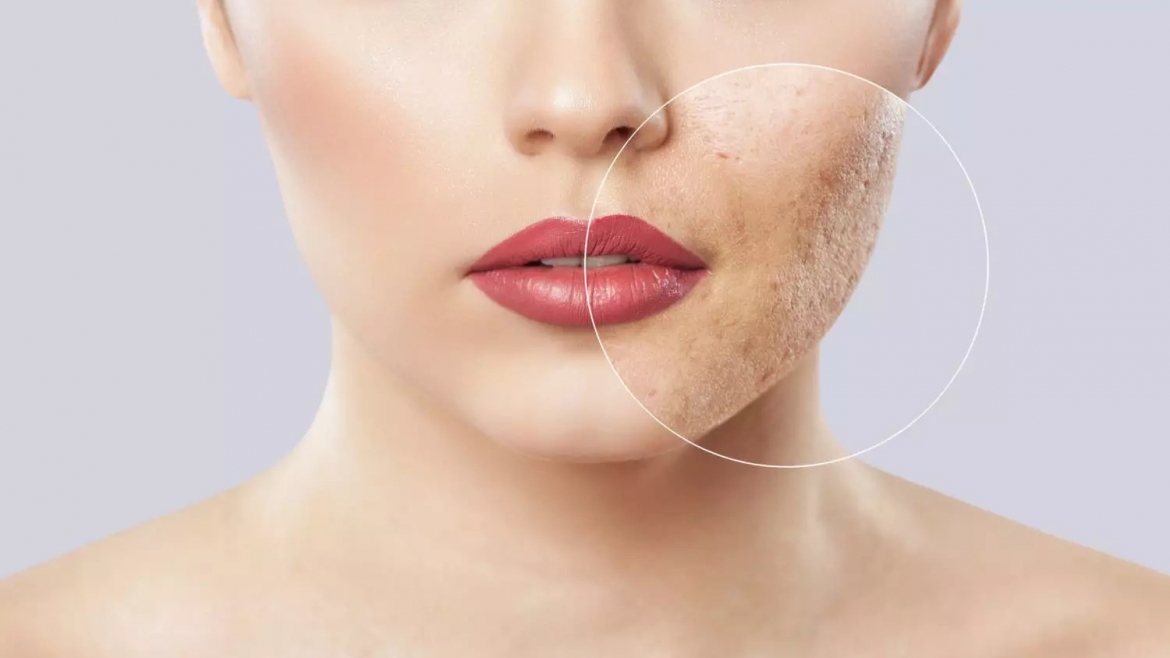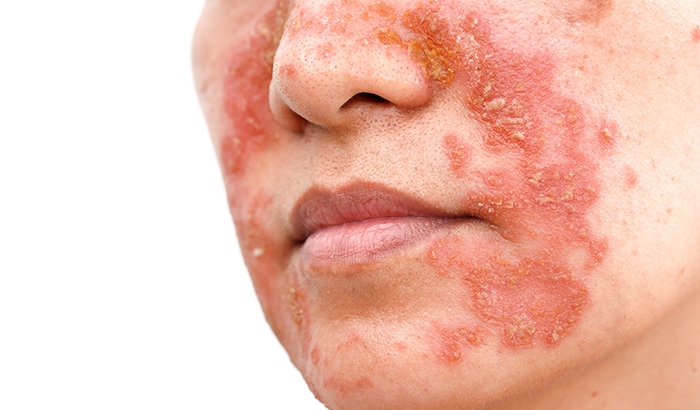The term ‘open pores’ refers to enlarged skin pores that have become more noticeable over time. The pores on the skin allow it to ‘breathe’ by releasing the sebum or natural oil onto the surface. However, large skin pores often appear in areas that have a higher density of sebaceous glands specifically, in the ‘t-zone’ of the face. They adversely affect the skin texture and become an aesthetic concern for both men and women with oily or combination skin types.
The skin concern affects teenagers undergoing hormonal changes and adults with ageing skin or hormonal issues too! After knowing the meaning of open pores, it’s time to find out its causes. Also, explore effective treatments and preventive tips for minimising them, right here!
What Causes Large Open Pores?
Check out the top reasons for the occurrence of open pores:
- Excessive Sebum Production: Excessive secretion of sebum, especially in the case of those who have oily or combination skin leads to the enlargement of hair follicle openings and the appearance of large open pores.
- Increased Hair Follicle Volume: Hair follicles are tubular in structure. Thicker hair follicles have a bigger follicular opening that forms skin pores. These dilate further to allow the flow of natural oil and appear enlarged.
- Heredity Factor: Genetic predispsition and ethnicity are significant internal factors that cause large open pores.
- Ageing And Sun Exposure: Ageing and sun damage may adversely affect the collagen and elastin fibres in the skin. Diminished strength and elasticity of the skin may make the pores appear crater-like in older adults.
- Chronic Acne: Pores in acne-prone skin, clog and cause blackheads and whiteheads. Moreover, inflammatory acne weakens sebum glands and follicular openings and enlarges the pores.
- Hormonal Changes: Hormonal fluctuations stimulate the hyperactivity of sebaceous glands and trigger the production of excessive sebum, which results in large open pores.
Acute Skin Conditions And Nutritional Deficiency: Chronic radiodermatitis and vitamin A deficiency are other uncommon causes of enlarged skin pores.
How To Diagnose Large Open Pores?
A dermatologist will first perform a physical examination of the affected area. He or she will determine the severity of the condition based on the following criteria:
- Size of the pores
- Location of the pores
- Severity of the condition
- Size of the affected area
Post-evaluation, the dermatologist will note your family and medical history, hormonal health and lifestyle habits to identify the underlying cause of the concern. Based on his assessment of your skin type, the severity of the condition and the underlying cause, he will recommend a customized treatment plan for reducing your open pores visibly.



